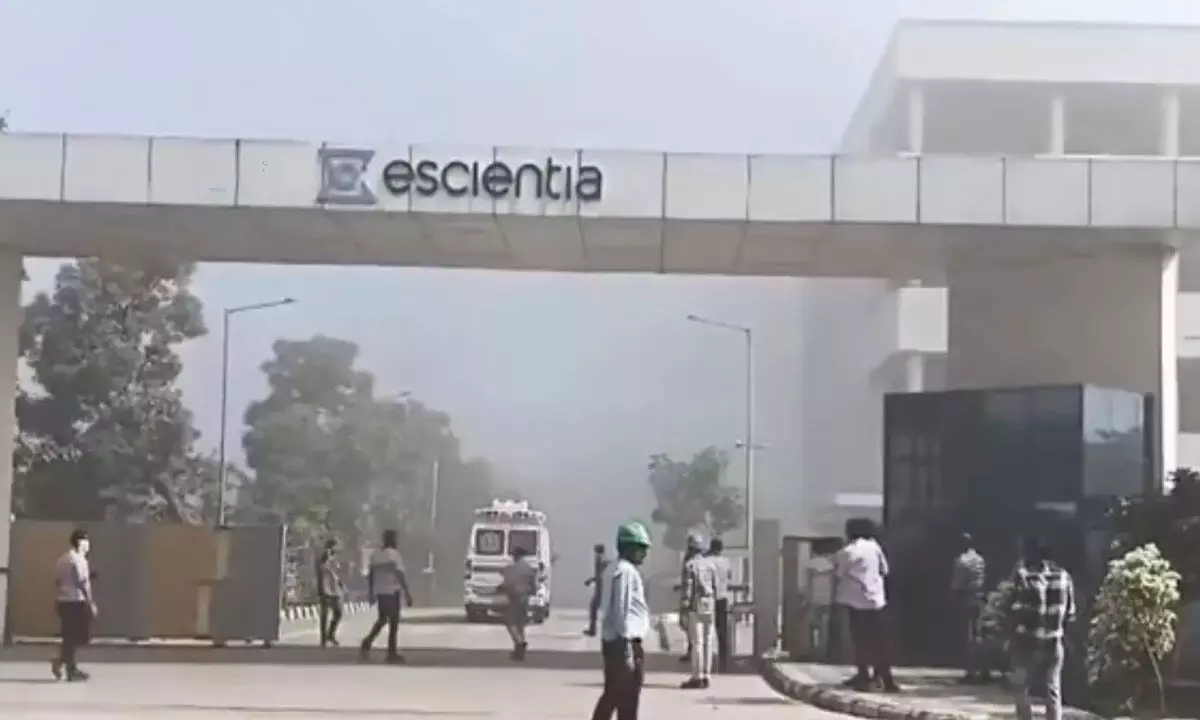Washing off hands with probe committees won’t do

Will the accident that took place at Escientia Advanced Sciences Pvt Ltd, Visakhapatnam, make promoters and officials open their eyes and ensure that all SoPs are put in place to minimise accidents? Vizag has been witnessing frequent accidents. In last five years, 119 accidents took place and 120 people lost lives. Whenever an accident occurs, the promoters go into silent mode and the government constitutes high-powered committees. There the story ends. Neither the managements nor the administration takes any concrete steps to prevent such accidents.
If preliminary probe is any indication, the accident took place due to vapour cloud explosion. It occurs when sufficient amount of flammable or combustible material is released, and its gets mixed with air and is ignited. Data available indicates that some of the worst vapour cloud explosions that took place across the globe were in June 1974 at Flixborough, England, where there were 28 fatalities, in October 1989 at Houston, Texas, which saw 23 fatalities, and in March 2005 at Texas City, Texas, with 15 fatalities.
Industries for any country or state are important but at the same time what is more important is ensuring proper safety measures as per the rules because no one has the right to play with the lives of its workers. The Anakapalli accident clearly indicates that the management has been negligent so much so that none of the promoters turned up at the site even after 17 people lost their lives and about 50 were injured. It is not very difficult to prevent cloud vapour or for that matter any other such accidents, provided measures like piping and equipment inspections and preventive maintenance tasks are done on regular basis.
After the last major accident of gas leak at LG Polymers in Visakhapatnam, a high-powered committee in its report said that the, “accident occurred due to uncontrolled Styrene vapour release from the M6 tank, that qualifies as a major accident. The temperature in the tank rose substantially. The rise in the temperature caused the styrene liquid to eventually vaporise and increase the pressure; it was a tank with small vents.” It further said that the root causes of the accident were poor design of the tank, inadequate refrigeration and faulty cooling system, absence of circulation and mixing systems, poor safety protocol, insufficient knowledge among staff, lack of knowledge regarding emergency response procedures etc. The factory had never held safety drills to create awareness among the workers. In fact, hardly any factory follows this procedure in India.
The committee headed by the then Special Chief Secretary (Environment, Forests, S&T) Neerabh Kumar Prasad submitted its report on July 6 to the then Chief Minister Y S Jaganmohan Reddy, but the government did not take any measures to ensure that the recommendations were implemented.
Another major issue in the SEZs is that there is no disaster management system. The state administration should focus on this issue immediately since it wants to attract industries to the state. In case of any accident, there should be an SoP where the various wings of disaster management like police, fire brigade, ambulances, doctors etc., should be able to reach the place of accident within the shortest possible time and take up rescue operations.
There should also be specialised burns hospital to treat those suffer burn injuries. No government or entrepreneurs have any right to play with the lives of its human resources. Paying compensation and washing off hands is not the solution. All those promoters and officials who fail to conduct safety audit of the factories should be held responsible and demonstrative action should be taken against them. Only then would they be forced to follow the SoPs, and accidents can be minimised.


